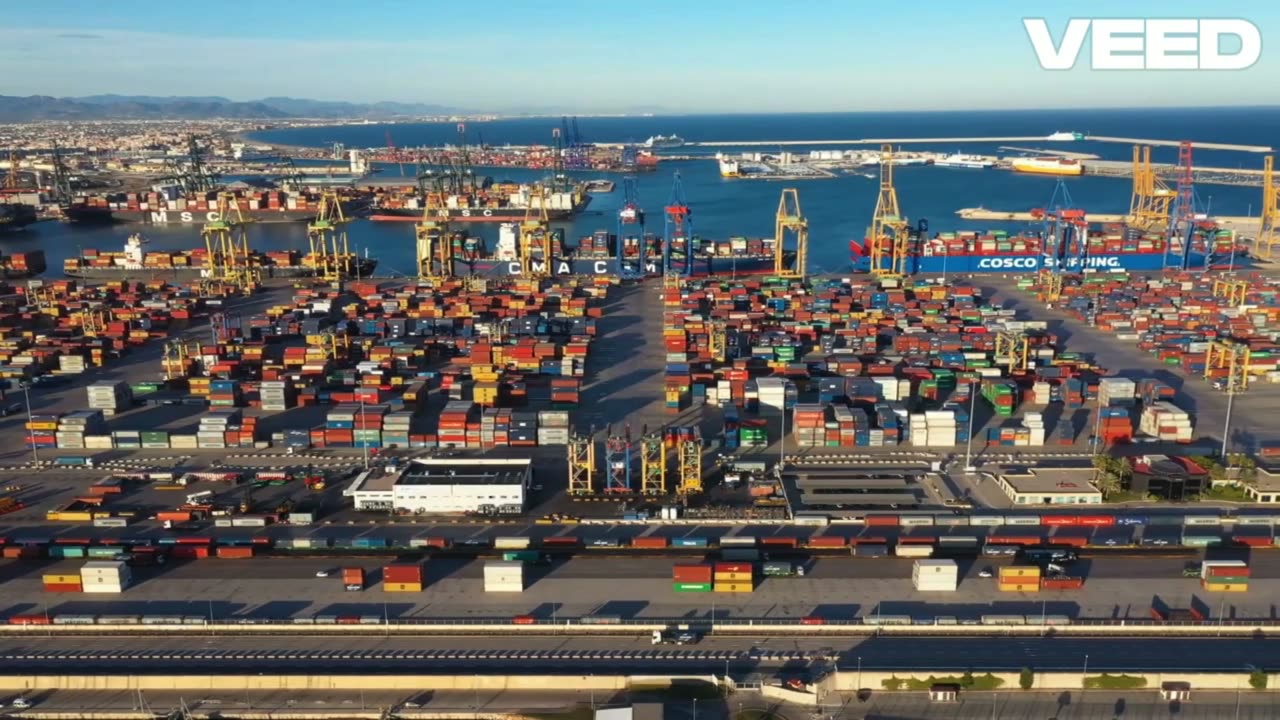Premium Only Content

Power and Peril: China’s Global Gamble chapter - 1
China’s armed forces are changing quickly. Over the last 15 years, Beijing has devoted significant resources to developing a military that can project power abroad. It now has three aircraft carriers and a growing fleet of amphibious assault ships. In 2017, China opened its first overseas military base in Djibouti. Chinese ships have also docked at ports scattered around the Indo-Pacific, from Cambodia to Sri Lanka. These changes should not be surprising since Chinese officials have spoken publicly about how they see their country as a great power on the rise, one that must project power overseas.
The problem for Beijing is that power projection, in the form of a large blue-water navy and overseas bases, is increasingly expensive. Technological advances are remaking warfare, encouraging states to build cheaper and more expendable weapons that can limit the effectiveness of larger, costlier platforms. China is embracing power projection at exactly the wrong moment. It is effectively swimming against the technological tide. The United States must not make the same mistake. It should swim with—not against—the current, adjusting its mix of military forces to better accommodate the realities of warfare in the twenty-first century.
-
 LIVE
LIVE
Redacted News
59 minutes agoWhat are they hiding? New video evidence in Charlie Kirk's Shooting SHAKES FBI'S case | Redacted
21,328 watching -

Kimberly Guilfoyle
3 hours agoCharlie's Legacy and Our Mission
3.28K2 -
 1:07:55
1:07:55
vivafrei
2 hours agoJimmy Kimmel Out Indefinitely! Trump "Srubs" Study on Right Wing Violence? Clinton Tweet & MORE
153K37 -
 1:35:02
1:35:02
The Quartering
2 hours agoNuclear Fallout From Jimmy Kimmel Firing, New Head Of TP USA, Obama Whines
179K53 -
 23:35
23:35
Jasmin Laine
1 hour ago“We Were Betrayed”—Carney HUMILIATED As His Base REVOLTS Against Him
4.15K2 -
 LIVE
LIVE
The HotSeat
1 hour agoChapter 32 Begins: Honoring Charlie Kirk’s Legacy & Jimmy Kimmel Gets Canceled
792 watching -
![[Ep 751] Jimmy Kimmel – You’re Fired! | Freedom of Speech is Not Freedom From Consequence](https://1a-1791.com/video/fww1/bd/s8/1/e/-/h/j/e-hjz.0kob-small-Ep-751-Jimmy-Kimmel-Youre-F.jpg) LIVE
LIVE
The Nunn Report - w/ Dan Nunn
1 hour ago[Ep 751] Jimmy Kimmel – You’re Fired! | Freedom of Speech is Not Freedom From Consequence
292 watching -
 1:28:39
1:28:39
Sean Unpaved
4 hours agoBills-Dolphins TNF Battle, Steelers' D in Crisis, & Coaching Hot Seat Alert!
33.6K1 -
 59:58
59:58
Human Events Daily with Jack Posobiec
3 hours agoHUMAN EVENTS DAILY WITH JACK POSOBIEC
30.8K31 -
 1:12:48
1:12:48
LindellTV
2 hours agoTHE MIKE LINDELL SHOW: JIMMY KIMMEL SUSPENDED
24.8K5